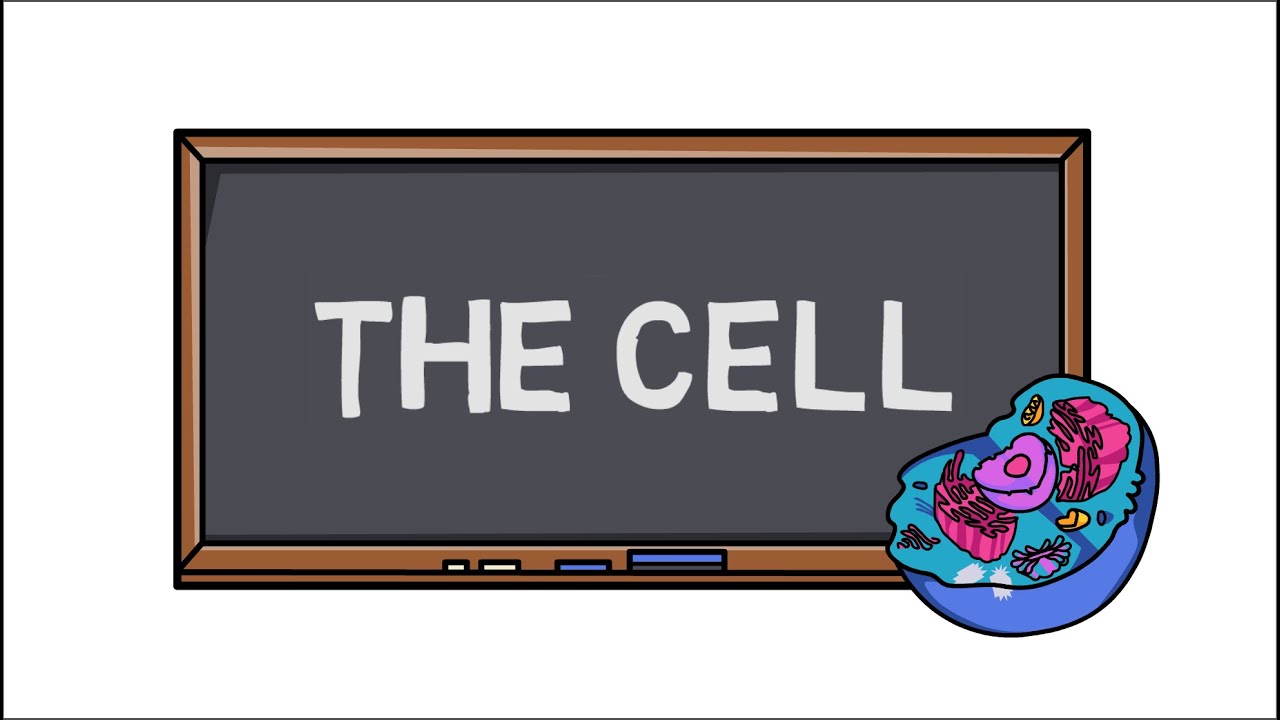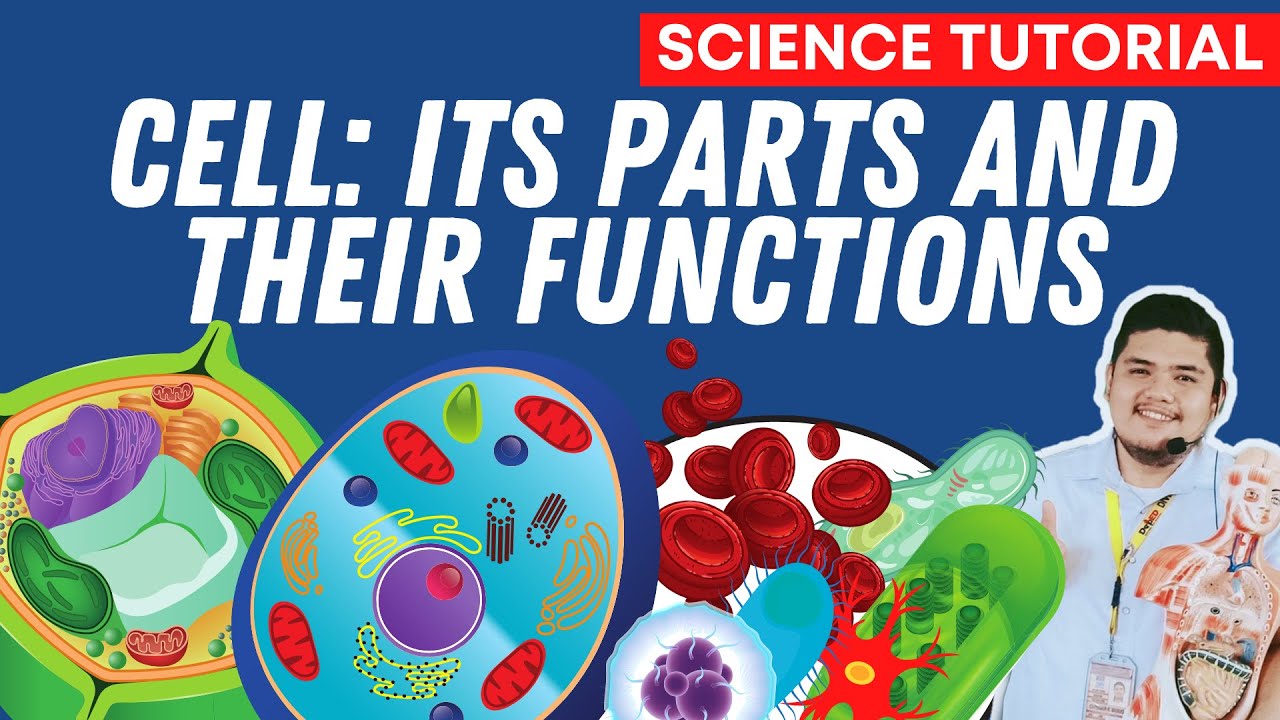CELL CONTENT
Summary
TLDRThe script delves into the fundamental aspects of cell theory and cell structure, emphasizing the cell as the basic unit of life. It distinguishes between unicellular and multicellular organisms, highlighting examples such as Euglena, Paramecium, and yeast for unicellular life, and plants, animals, and fungi for multicellular forms. The script explores the parts and functions of both animal and plant cells, detailing components like the plasma membrane, nucleus, cytoplasm, and various organelles. It also contrasts prokaryotic and eukaryotic cells, noting the presence or absence of a nucleus and membrane-bound organelles, and describes the unique roles of structures like the cell wall and plastids. The summary underscores the importance of understanding cell structure for grasping life's complexity and its applications in fields like medicine and agriculture.
Takeaways
- 🔬 The cell is the basic structural and functional unit of living organisms.
- 📜 Cell theory states that all known living things are made up of one or more cells, and all living cells arise from pre-existing cells by division.
- 🦠 Unicellular organisms consist of only one cell that performs all necessary functions for life, such as Euglena, Paramecium, and yeast.
- 🌿 Multicellular organisms consist of more than one cell, such as plants, animals, and fungi.
- 🔍 Studying the structure of cells is crucial for understanding the basic building blocks of life, with practical applications in medicine and agriculture.
- 🛡️ The cell membrane forms a barrier around the cell, regulating the entry and exit of substances.
- 🧱 The cell wall provides strength and rigidity to plant cells, maintaining shape and protecting from damage.
- 🧬 The nucleus regulates gene expression and influences cell development and specialization.
- 💧 The cytoplasm provides structural support and facilitates the movement of organelles and molecules within the cell.
- ⚡ Mitochondria are the powerhouses of the cell, providing energy for various cellular activities and functions.
Q & A
What is a cell?
-The cell is the basic structural and functional unit of living organisms, acting as tiny self-contained units that carry out the processes required for an organism to live, grow, and reproduce.
What is cell theory?
-Cell theory is a collection of ideas and conclusions from many different scientists over time, describing cells and how they operate. It states that all known living things are made up of one or more cells, all living cells arise from pre-existing cells by division, and the cell is the basic unit of structure in all living organisms.
What are unicellular organisms? Give examples.
-Unicellular organisms are made up of only one cell that carries out all the functions needed by the organism. Examples include Euglena, Paramecium, and yeast.
What are multicellular organisms? Give examples.
-Multicellular organisms consist of more than one cell. Examples include plants, animals, and fungi.
Why is studying the structure of cells important?
-Studying cell structure is important because it helps us understand the basic building blocks of living things, providing essential knowledge to comprehend life from the smallest organisms to more complex ones, with practical applications in fields ranging from medicine to agriculture.
What is the function of the plasma membrane?
-The plasma membrane forms a barrier around the cell, separating the cell's internal environment from the external surroundings and regulating the entry and exit of substances.
What role does the nucleus play in a cell?
-The nucleus regulates gene expression, determining which genes are activated or deactivated in response to cellular needs, and influences the development and specialization of cells, contributing to the diversity of cell types in multicellular organisms.
What is the function of mitochondria?
-Mitochondria act as the powerhouses of the cell, providing the energy needed for various cellular activities and functions.
How do prokaryotic and eukaryotic cells differ?
-Prokaryotic cells have an undeveloped nucleus with only one chromosome, and membrane-bound organelles are absent (examples: bacteria and blue-green algae). Eukaryotic cells have a well-developed nucleus with more than one chromosome, and membrane-bound organelles are present (examples: all other organisms).
What are the key differences between animal and plant cells?
-Animal cells are generally smaller in size, lack a cell wall and plastids, have smaller and fewer vacuoles, and contain centrioles. Plant cells are generally larger in size, have a cell wall and plastids, have larger and more numerous vacuoles, and lack centrioles.
Outlines

This section is available to paid users only. Please upgrade to access this part.
Upgrade NowMindmap

This section is available to paid users only. Please upgrade to access this part.
Upgrade NowKeywords

This section is available to paid users only. Please upgrade to access this part.
Upgrade NowHighlights

This section is available to paid users only. Please upgrade to access this part.
Upgrade NowTranscripts

This section is available to paid users only. Please upgrade to access this part.
Upgrade Now5.0 / 5 (0 votes)





